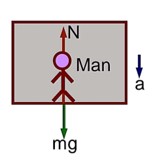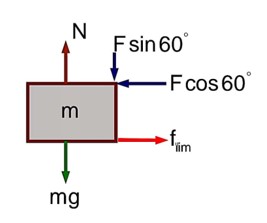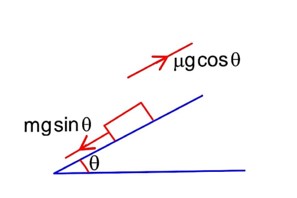Physics Laws of Motion
Get insights from 189 questions on Physics Laws of Motion, answered by students, alumni, and experts. You may also ask and answer any question you like about Physics Laws of Motion
Follow Ask QuestionQuestions
Discussions
Active Users
Followers
New answer posted
3 months agoContributor-Level 10
Let the spring is in extension state and
Hence we can say that block moves away from block B in the frame of B
F – kx = MaB . (1)
kx = Ma. (2)
New answer posted
3 months agoContributor-Level 10
Mass m will acquire velocity 2u. Total momentum of system will be conserved but total kinetic energy is not conserved during collision.
Taking an Exam? Selecting a College?
Get authentic answers from experts, students and alumni that you won't find anywhere else
Sign Up on ShikshaOn Shiksha, get access to
- 65k Colleges
- 1.2k Exams
- 679k Reviews
- 1800k Answers






